Can plants help you sleep better? Improve the air quality? Induce calm and a state of relaxation? Yes! Let’s discover together the best plants for bedroom sleep and relaxation so you can turn your sleep room into a green nook of positive vibes and sweet dreams.
Sleep is essential for us to stay healthy and feel good–in and out of our gardens. The Dalai Lama put it like this:
It’s a pity then that people nowadays are plagued by sleep problems. Just about everyone seems to have insomnia or some other issue that stops them from getting enough rest.
You don’t want to be one of them, do you?
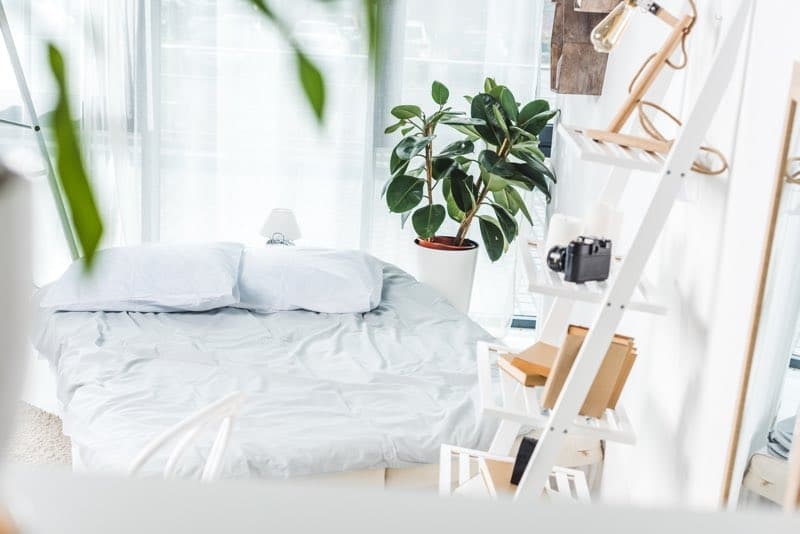
There are many medications available that induce sleep, but these come with tons of side effects and are super unhealthy.
Even the most natural supplements can cause trouble, so it’s best to find other ways to improve sleep quality.
Plants can help with sleep problems, as they can with so many other things. Plants for bedroom sleep = one of the best ways to catch some z’s without pills.
Best Plants for Bedrooms
Plants bring calm around them and relax the mind. Not only are they beautiful, but they also bring quiet and comfort.
We tend to grow most plants outdoors, but a good number of them grow well inside, too.
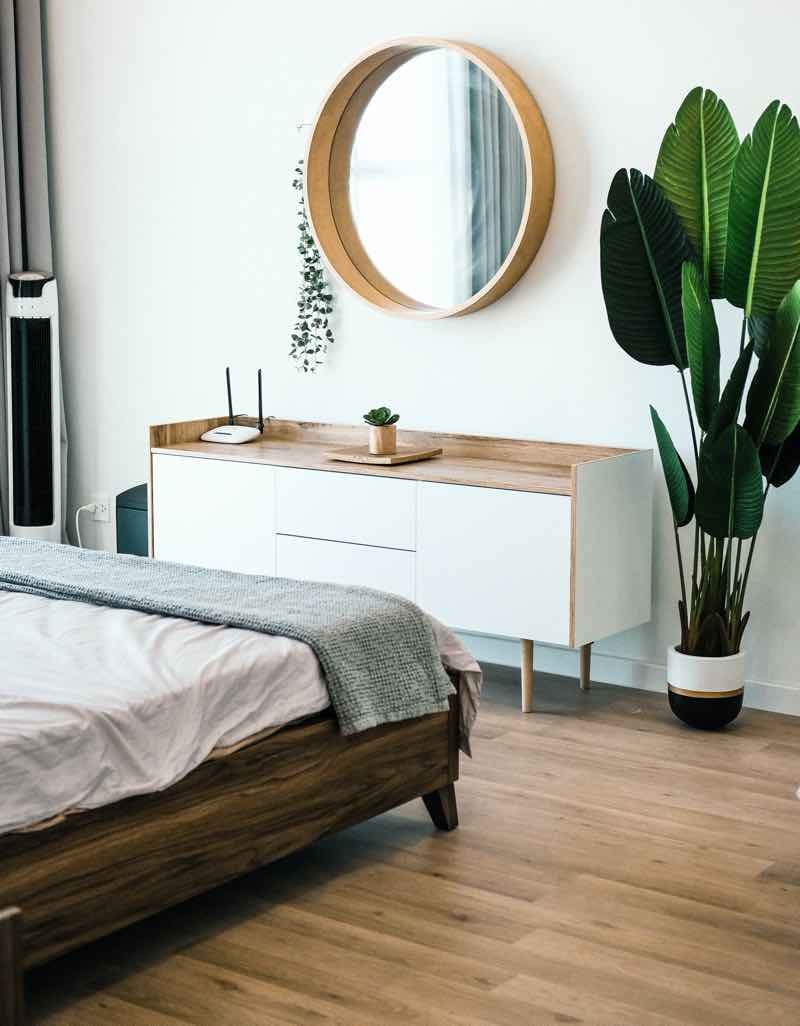
Having the right plants for bedroom sleep can be life-changing, and that’s not an exaggeration.
The right plants can soothe your mind, purify the air, and improve your mood. It’s no wonder so many people are picking plants over anti-depressants.
Just to be clear here, plants for your sleeping quarters serve more than just aesthetic purposes.
Many plants also have specialized features that either directly or indirectly improve your sleep quality.
Let’s take a closer look at the best plants for bedroom sleep!
Air-Filtering Plants for Bedroom Sleep
A while back, NASA conducted a Clean Air Study to determine which common houseplants clear off household chemicals the best. These plants are listed in several pieces of research as air-purifying plants.
The fact that they improve indoor air quality makes them great plants for bedrooms since this is one of the best strategies for curing issues like sleep apnea.
Snake Plant (Mother-in-Law’s Tongue)
Sansevieria trifasciata, better known as the snake plant, is one of our favorite bedroom plants. Why?

Snake plant benefit number one: it doesn’t need much care.
Snake plant benefit number two: it filters the air of household toxins.
Then there is the fact that it emits oxygen at night. This is what helps improve your sleep quality.
Spider Plant
Spider plants are great plants for the bedroom because they purify the air you breathe just like the snake plant.
If you’re worried about making the air around cleaner and improving your nightly rests, the spider plant will be a good choice.
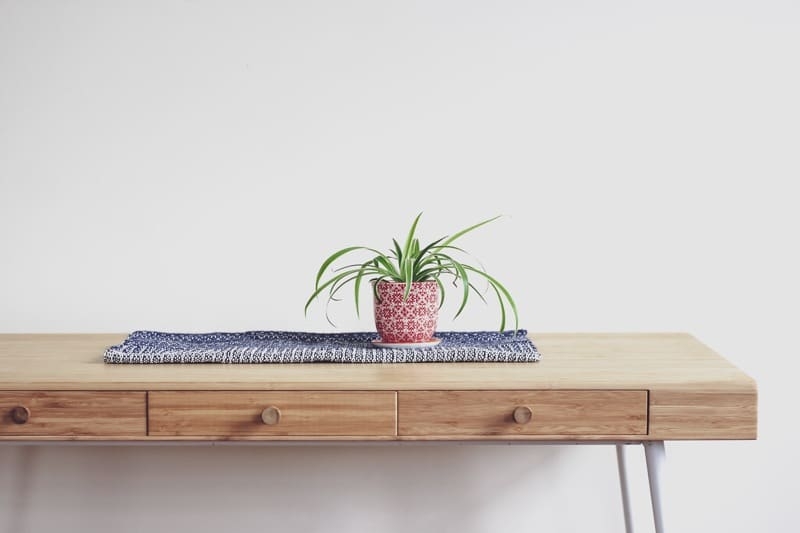
Do you like hanging plants? It looks great, especially when suspended, like in a kokedama!
English Ivy
The English ivy clears off toxins as well as molds and other airborne allergens inside the house.
They are even used by doctors to treat asthma, bronchitis, and COPD, and arthritis.
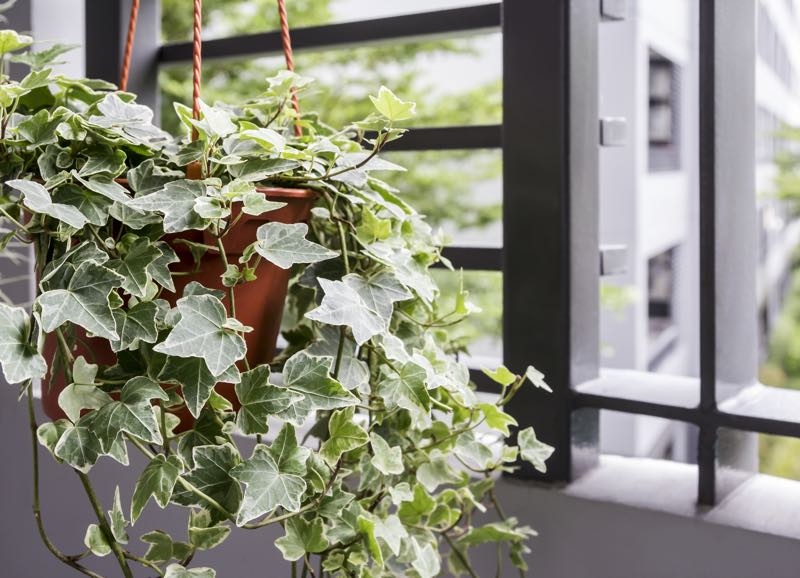
Many people like this plant because its foliage looks great in any way, whether it’s hanging, climbing, or crawling.
If you’re like me and you like to keep your bedroom cool and dark, the English ivy will be a perfect fit since it does well in a shady enviroment.
Areca Palms
The Areca palm is the perfect mid-size plant. Its feathery fonds are gorgeous and it even becomes a great humidifier during dry times.

In wintertime, you can even switch off your electric humidifier and have this instead! And you know the best part? This plant can live for around ten years.
Tip: Just make sure it has bright light, otherwise, the leaves will turn yellow and brown.
Another entry from the palm group, the bamboo palm is just a notch lower in terms of its air-filtering powers, but it’s luscious and hardy.
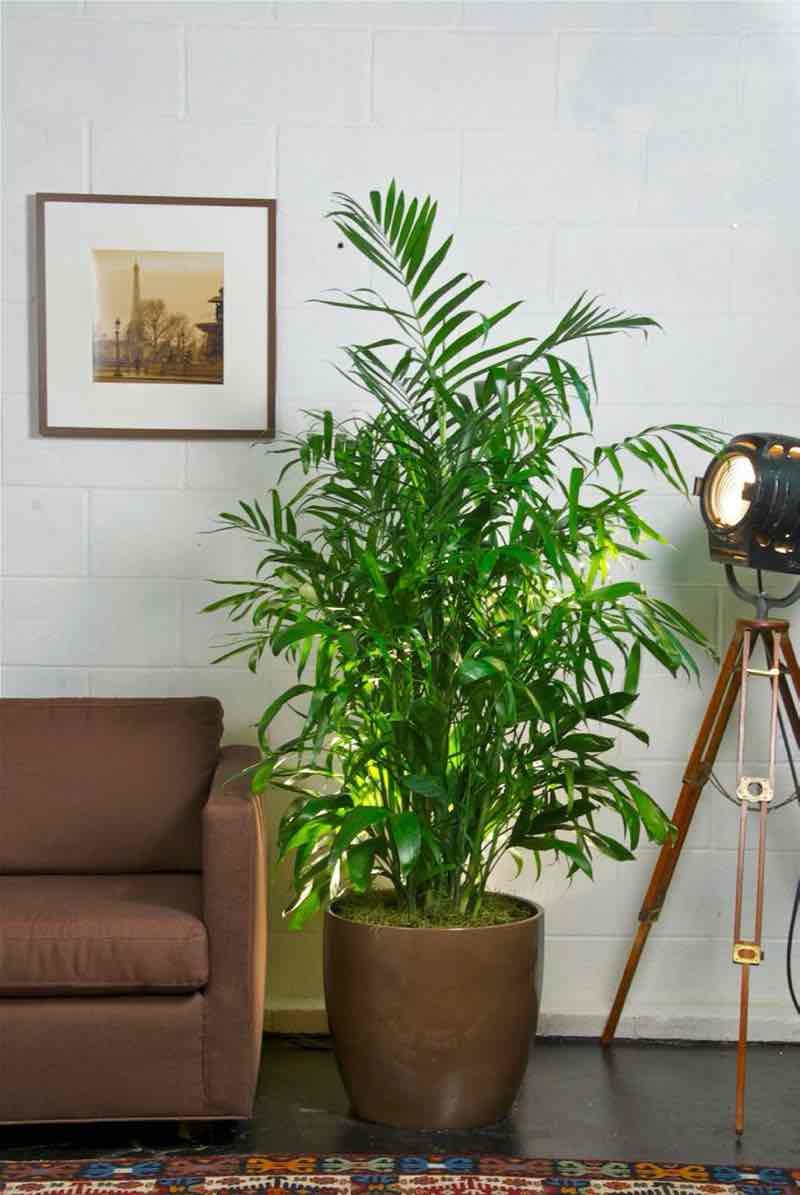
It looks great with its foliage and is easy to take care of, making it a dependable plant for bedrooms big and small.
Good to know: It’s a part-sun plant, so it will fare best in front of a window with natural light.
This is another personal favorite of ours. Mainly because of the unique look of the leaves.
Aside from its air-cleansing powers, the golden pothos is well known as a great houseplant as it can grow even under unfavorable conditions. It’s also called the devil’s ivy.
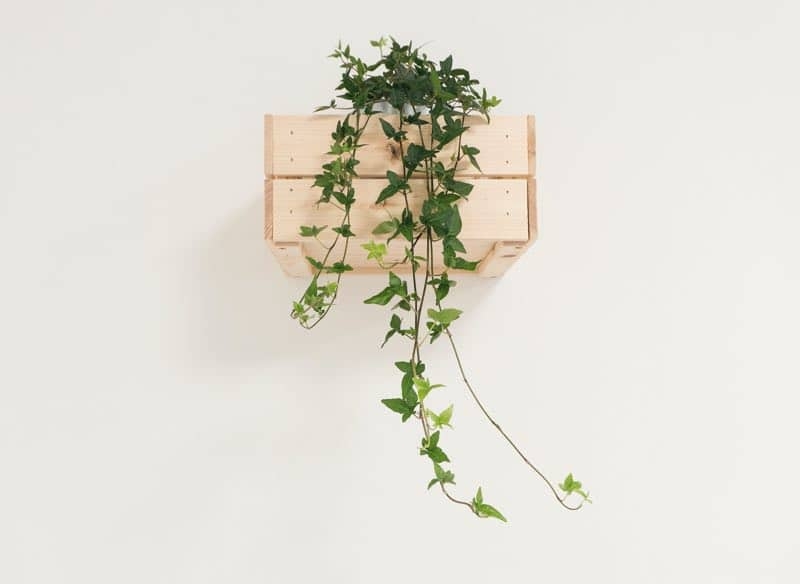
Another great thing about this bedroom plant is that it’s easy to grow from cuttings.
Simply cut off a piece of the stem that is at least 6 inches long, strip off the lower leaves, and put it in water. Change the water every week and you’ll have a new plant in no time.
Boston Fern
Boston ferns are great at purifying the air around the room. While they aren’t the easiest plants for bedrooms in terms of care, they are delicately beautiful and add a nice youch to any place.
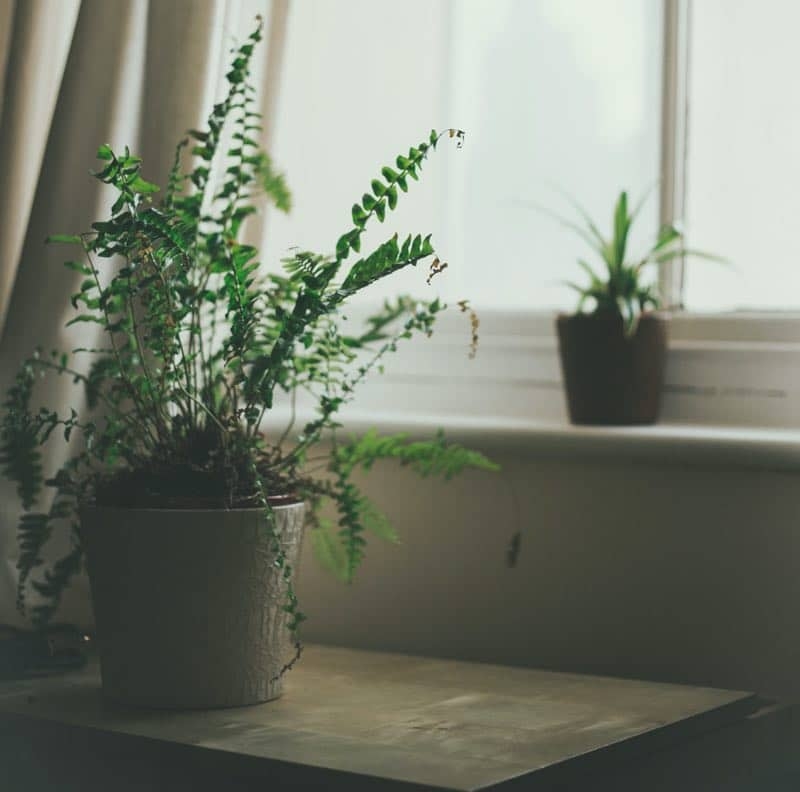
Tip: You’ll need to mist and water them to reduce dropping leaves and help them retain their greens. Also, allow them to get some light.
The heartleaf philodendron gets its name from its heart-shaped leaves. It can thrive on neglect and is almost impossible to kill. So, if you don’t have a “green thumb,” it’s all good.
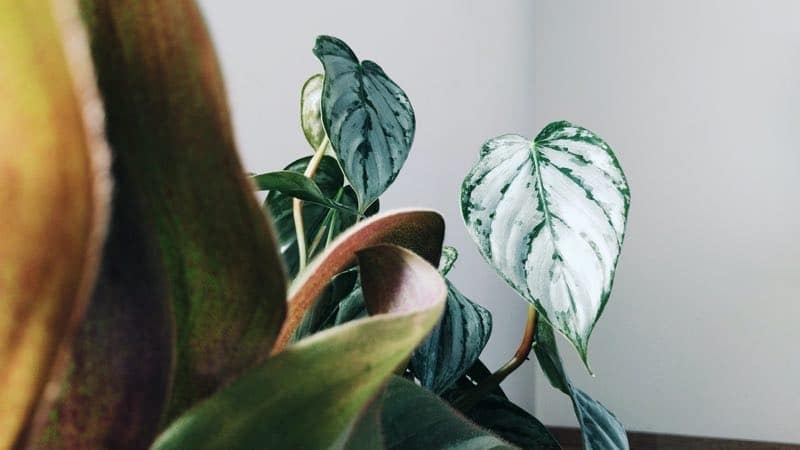
Important: The entire plant is toxic and can cause swelling once ingested. So hang it high to keep it away from children and pets.
A hybrid species, Chinese evergreens are leathery-leafed plants that are both beautiful and good for improving your home’s air quality.
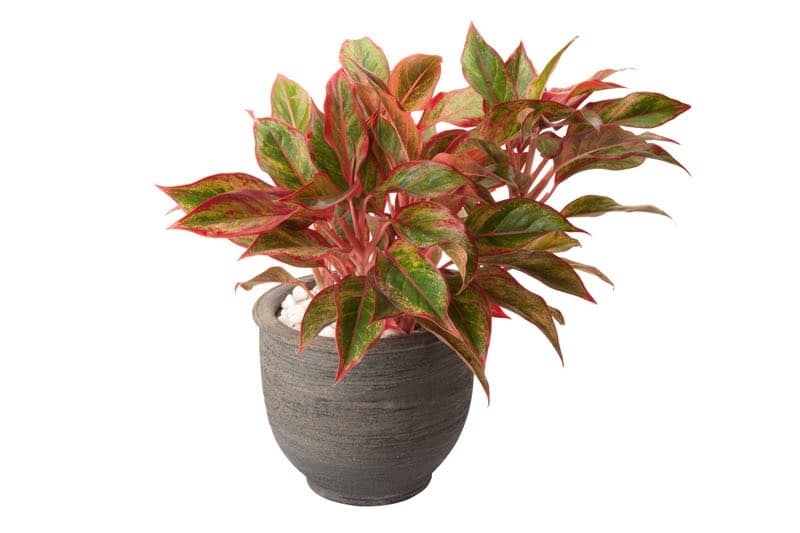
The beautiful ‘Queen Silver’ is the perfect addition to any bedroom and it doesn’t require much care.
Dracaena
The dracaena genus has quite a few species that made it into NASA’s list of air-filtering plants.
Most dracaenas thrive on bright, indirect light, and their long, slender leaves retain their color even in low light.
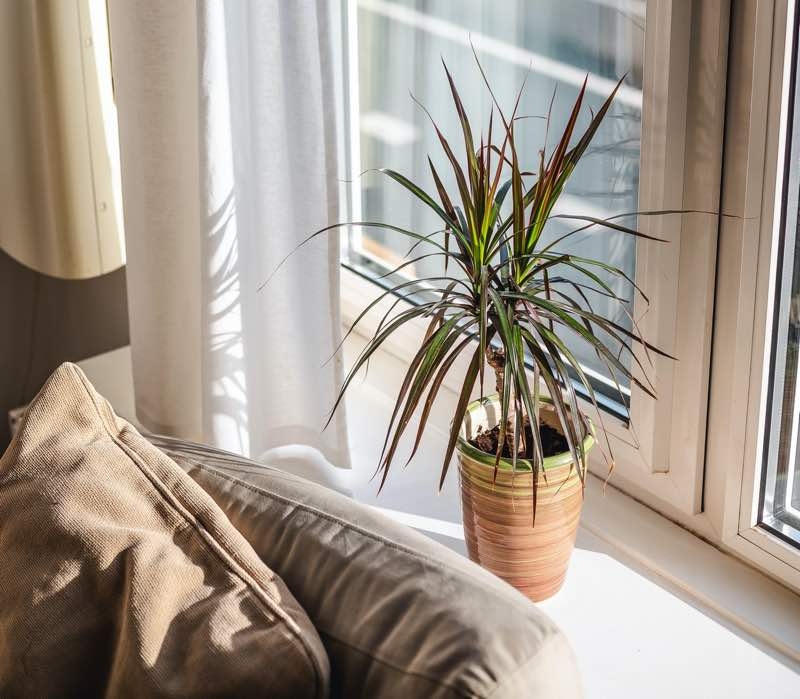
We love the tall look of these which makes them great for putting them in the corner of your bedroom on stacked stands or another support.
Weeping Fig
Don’t let the name fool you! You won’t be crying if you buy this twisted beauty. The ficus tree or the weeping fig is one of the best plants for your bedroom!
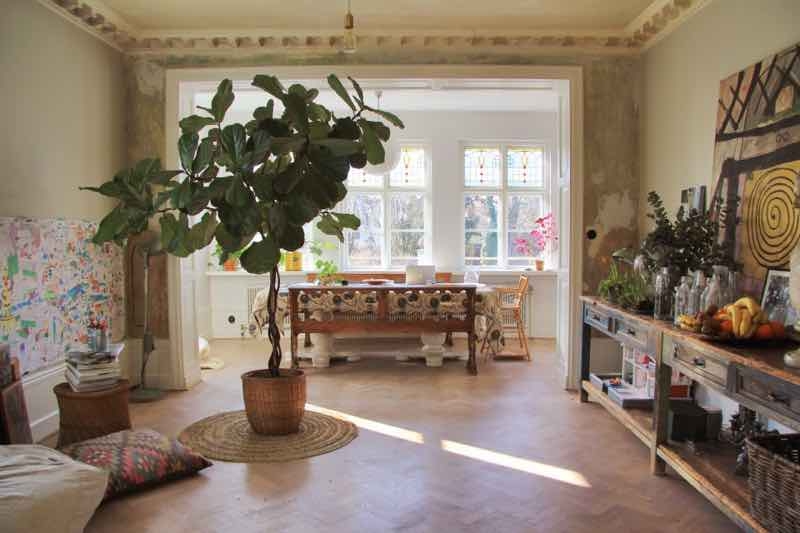
It grows very slowly despite its size, so you won’t have to worry about it taking over your room.
Tip: Just make sure to leave it in one spot. This plant tends to be a bit temperamental and will shed leaves (tears) if moved too often.
Our list of plants for bedrooms continues with the rubber plant, which is actually a relative of the weeping fig.
The rubber plant also has similar air-filtering properties as the weeping fig, though it’s usually a smaller plant.
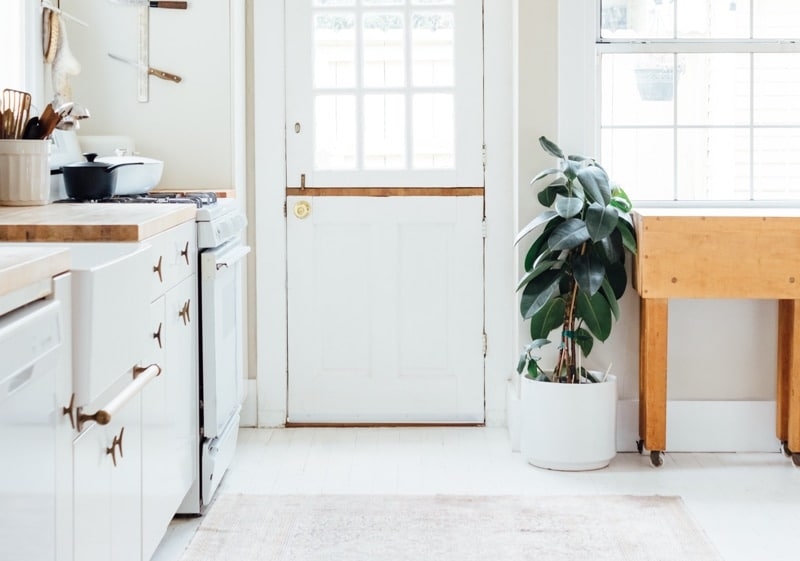
This plant can help you sleep better but won’t overpower your setting with too much green or leaves, making it not just easy to care for but great for minimalist settings.
Aloe Vera
Aloe vera is such a super-special succulent! It can be used as a treatment for cold sores and burns and was even used by Cleopatra as part of her beauty ritual.
In our days, it’s used in all sorts of beauty products, in soaps, in toothpaste, and much more.
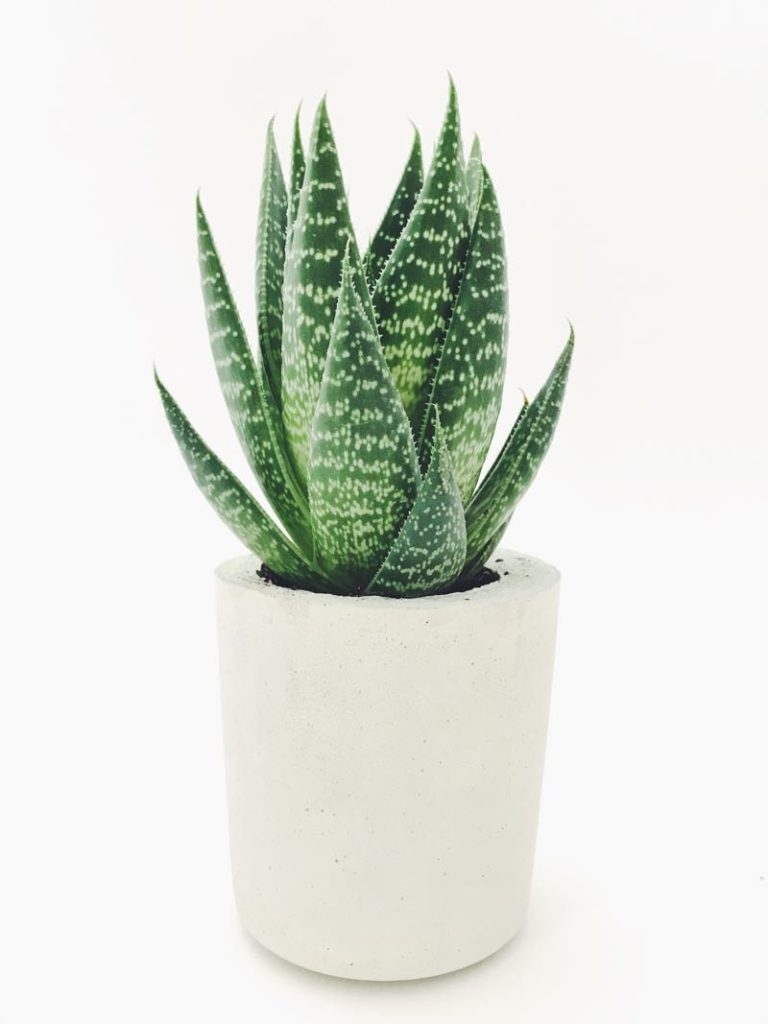
It also made it into NASA’s list of air-filtering plants. What’s more, this is a long-living plant that has been known to survive up to 100 years in the wild.
All things considered, aloe vera plants are some of the best flowers you can choose for your bedroom.
Purple Waffle Plant
Research from the University of Georgia shows that the purple waffle plants are one of the “super ornamentals” that remove toxins from the air.
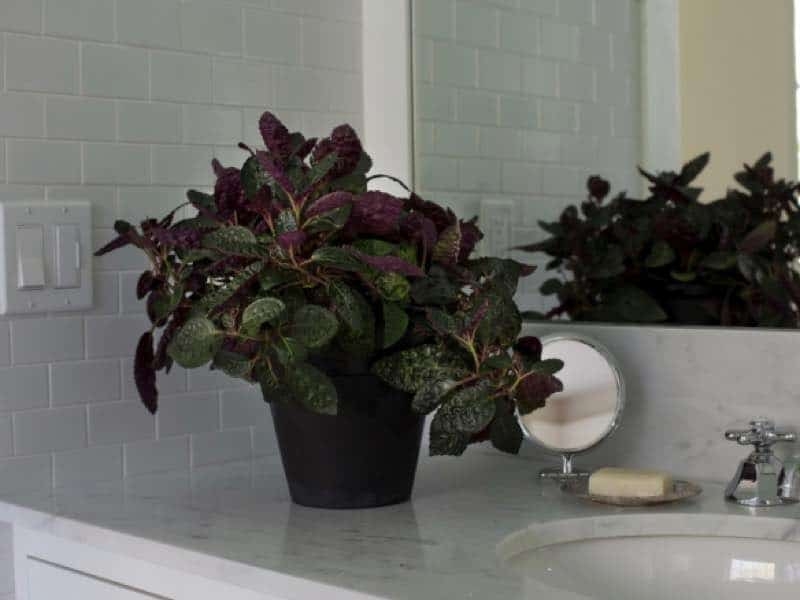
Add to that their pretty foliage, and using them as plants for bedrooms will do you eyes and your sleep good.
Asparagus/Foxtail Fern
Asparagus densiflorus–what a gorgeous plant! It’s super green and it gives off a cheerful feeling of spring.
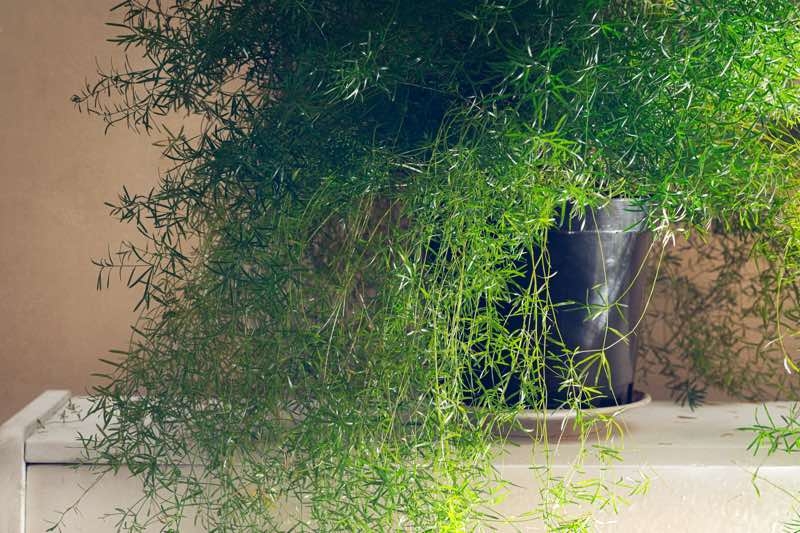
But here’s a word of caution. This plant’s foliage hides spikes in it, and you should keep it far from the reach of children and pets because its berries are actually poisonous.
For a single person bedroom, though, this is a really nice plant and a fantastic addition to your decor.
Flowery Plants for Bedrooms
Plants are not just made of leaves and stems. Many also have flowers, perhaps the most beautiful creations in the natural world.
Flowery plants can also promote good sleep and help soothe that late-night anxiety that keeps you awake.
Here are some of the loveliest flowers you can add to your bedroom.
Wax Plant
The wax plant or Hoya carnosa is can rightfully be considered a super ornamental.
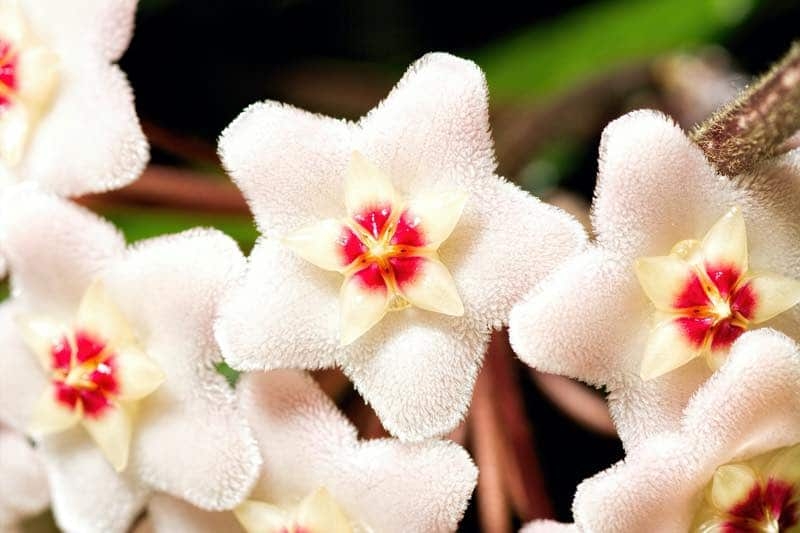
Having some hoyas as plants for your bedroom will make your sleeping quarters look and feel better. Mood-boosting, indeed!
Wandering Jew/Purple-Heart Plant
Purple-heart plants are famous ornamental plants. Their attractive flowers come in white, pink, or purple, and their leaves come in hints of green and red or purple.
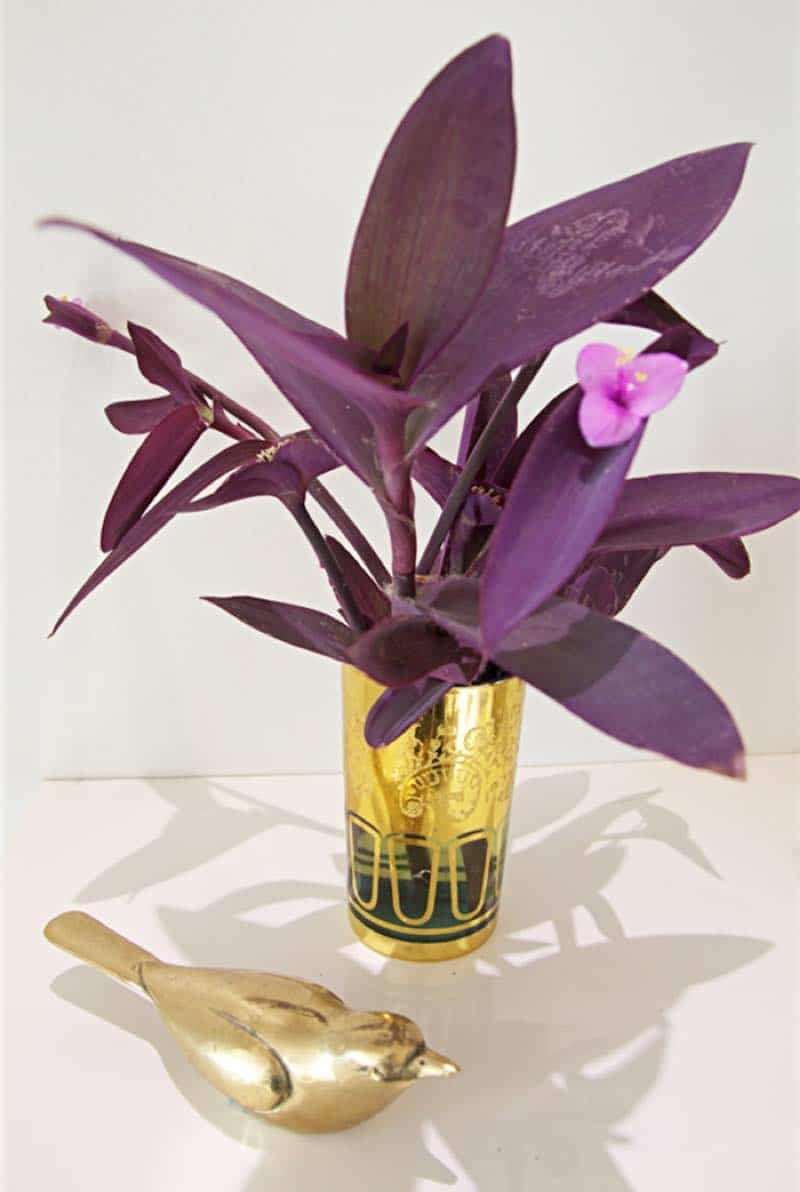
The stunning color payoff makes them great plants for any room of the house, and also great plants for bedrooms.
Orchids
One of the largest flowering plants, orchids are a crowd favorite for a reason.
There are so many different types of orchid that it would be impossible not to find at least one you like.
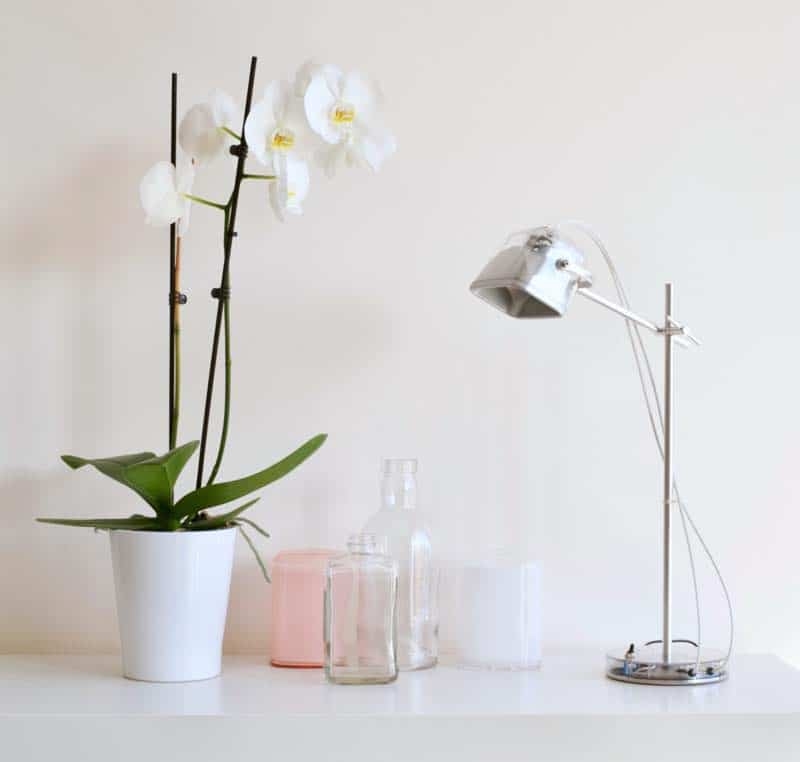
Beyond their impeccable beauty, orchids also do many other plant things very well. They reduce stress, improve focus, and help heal the body. This living creature works wonders, literally.
Peace Lily
Aside from brightening up your room, peace lilies filter five different toxins out of the air. These plants for the bedroom are also tolerant of low light and a bit of neglect.
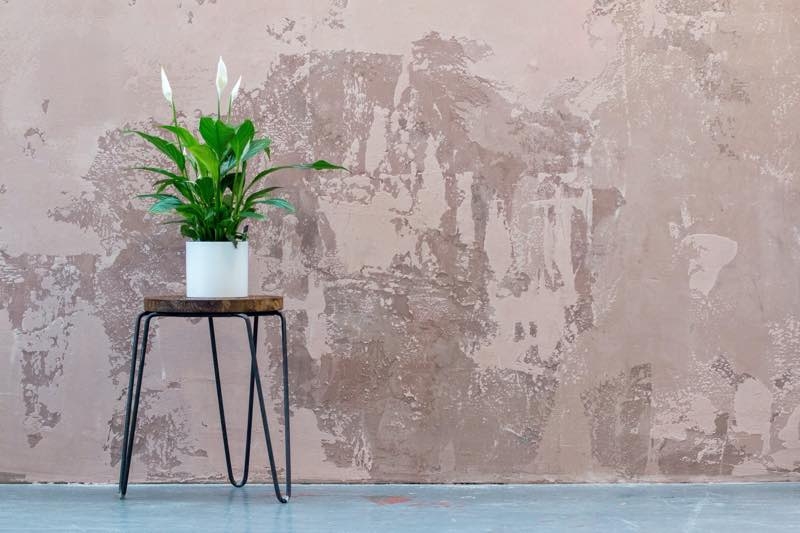
Peace lilies represent prosperity, tranquility, and solitude. If you want to create a peaceful bedroom armosphere, you should add this one to your shortlist of plants to buy.
Gerbera Daisies
Using some gerbera daisies as plants for your bedroom will make your quarters look more soothing.
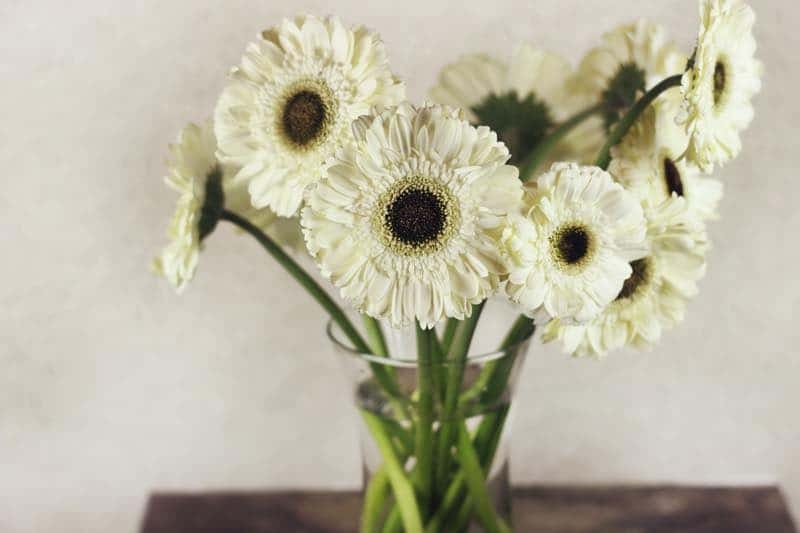
Their flowers come in many colors including red, orange, yellow, pink, and everything in between.
So, if you want to add a pop of color to an otherwise drab sleeping room, daisies are your little friends.
Christmas Cactus
Everything you need to know is in the name–and yes, the flowers bloom during Christmastime.
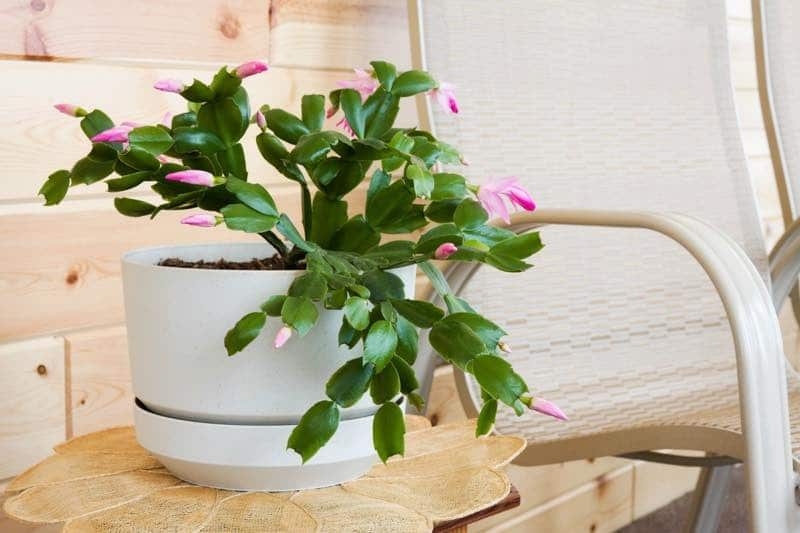
Good to know: This flower can thrive in low light and doesn’t need much water because it’s a succulent.
Its seasonal flowers make this plant a precious sight during the yuletide season!
Chrysanthemums
Not only are mums great for decor, but they are also perfect plants for bedrooms where natural light is scarce.
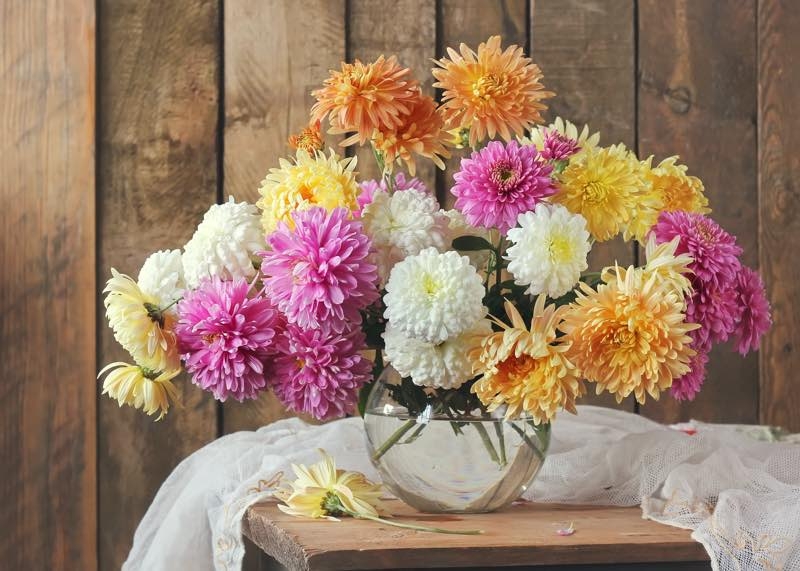
They can even suck out the toxins from the air! For best results, get at least a dozen or so chrysanthemums and put them into a vase or bowl of water.
Plants for Bedrooms with Slumber-Inducing Fragrances
Did you know that many flower-bearing plants and herbs emit calming fragrances that can help induce sleep and improve your overall sleep quality?
Wake up refreshed smelling these pleasantly-scented plants for bedrooms before and after your much-deserved night rest!
Jasmine
Jasmine has dainty white flowers and is known for its particularly sweet scent. This scent has been proven to reduce anxiety and help you have a more restful sleep, which in turn promotes alertness and productivity throughout the day.
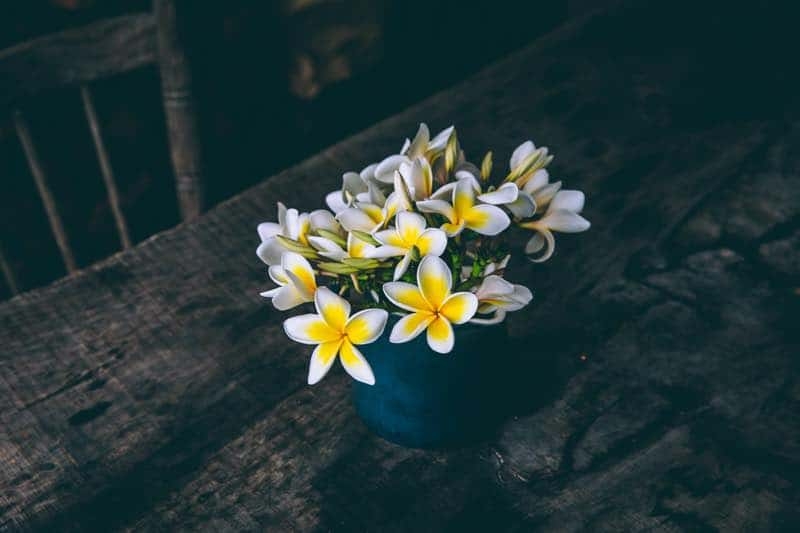
Tip: You can mix dried jasmine with green tea to make one of the healthiest drinks on earth but better don’t drink it in the evening or it may keep you up at night! Green tea has caffeine!
Lavender is one of the most popular essential oils around. It’s also one of our personal favorites.
The National Sleep Foundation acknowledges that the smell of lavenders can lower blood pressure and heart rate.
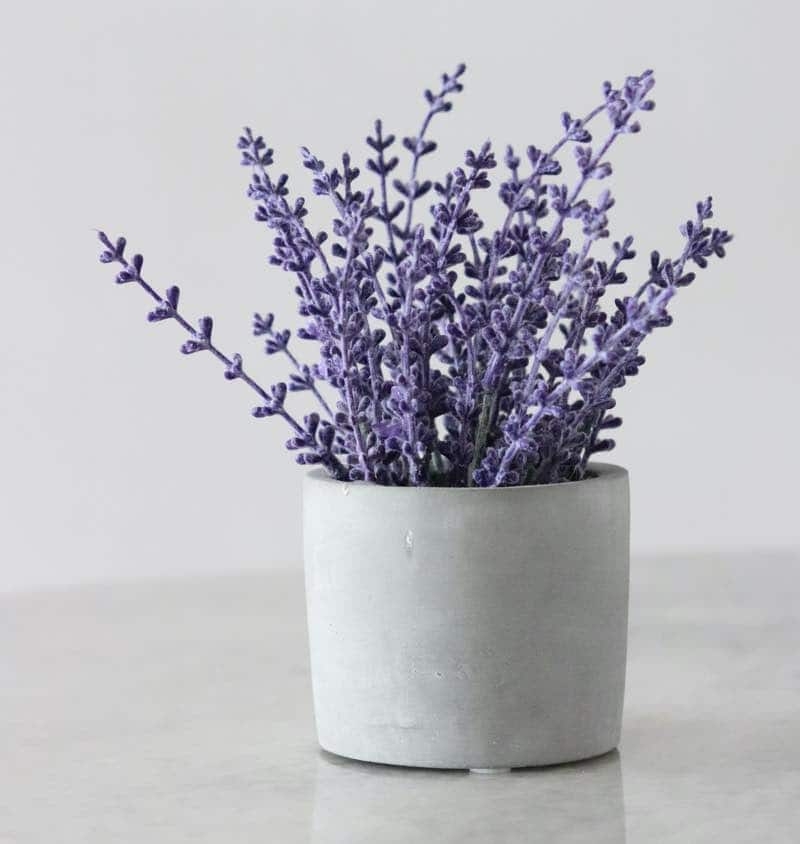
According to one study, infants calm down after a bath with lavender oil scents. You’ll literally sleep like a baby with some of these excellent plants for bedrooms around!
Passionflower
Add some more passion to your bedroom with one of these beauties. Aside from their seducing flowers, passionflowers are useful for treating sleeping problems, nervousness, and anxiety.
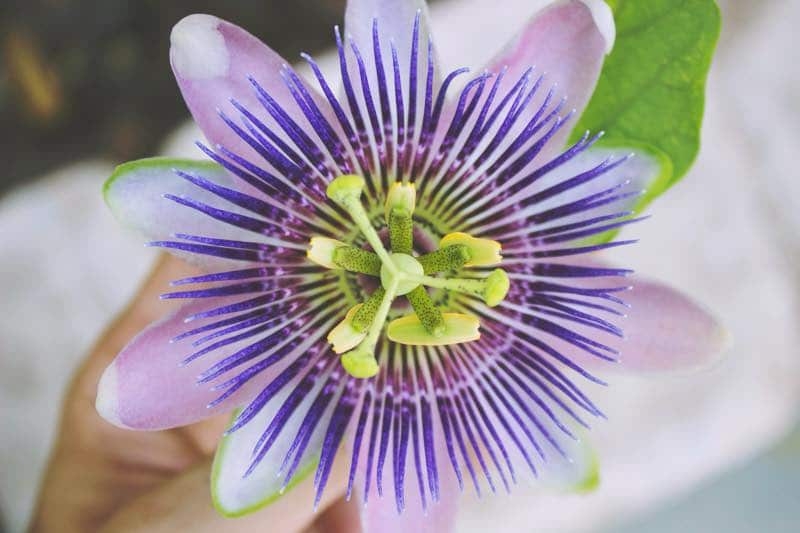
Passionflowers looks exotic, but you can grow them indoors without much trouble. Keeping them as plants for the bedroom will certainly benefit your sleep!
Gardenia
One study found that a compound found in gardenias improved the sleep quality of men who suffered from sleep problems.
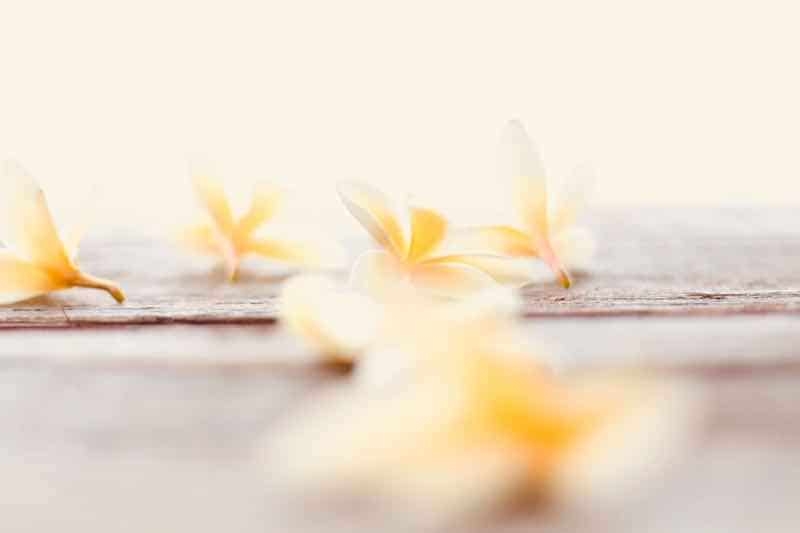
Since gardenias are known as natural sedatives, keeping some as plants for bedrooms will certainly make your room look better and your slumbers feel better!
Valerian
The dainty flowers of the valerian herb look striking and emit a calming vanilla fragrance that helps induce sleep.
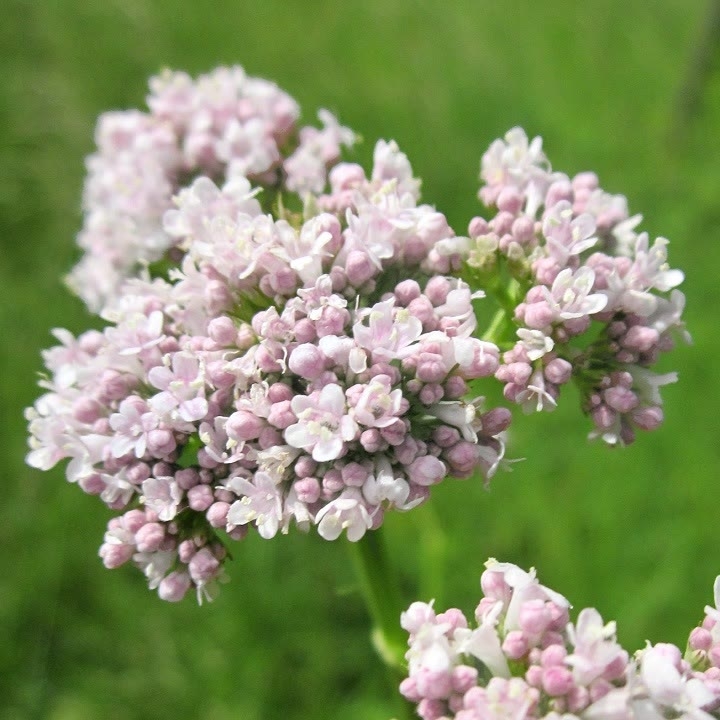
Having this as one of your plants for the bedroom will beautify your room and help fill your nights with restful sleep.
Eucalyptus
Eucalyptus is another crowd-pleaser. The scent of eucalyptus can lower congestion problems in your airways and ward off colds. It’s especially great to have it around during the wintertime.
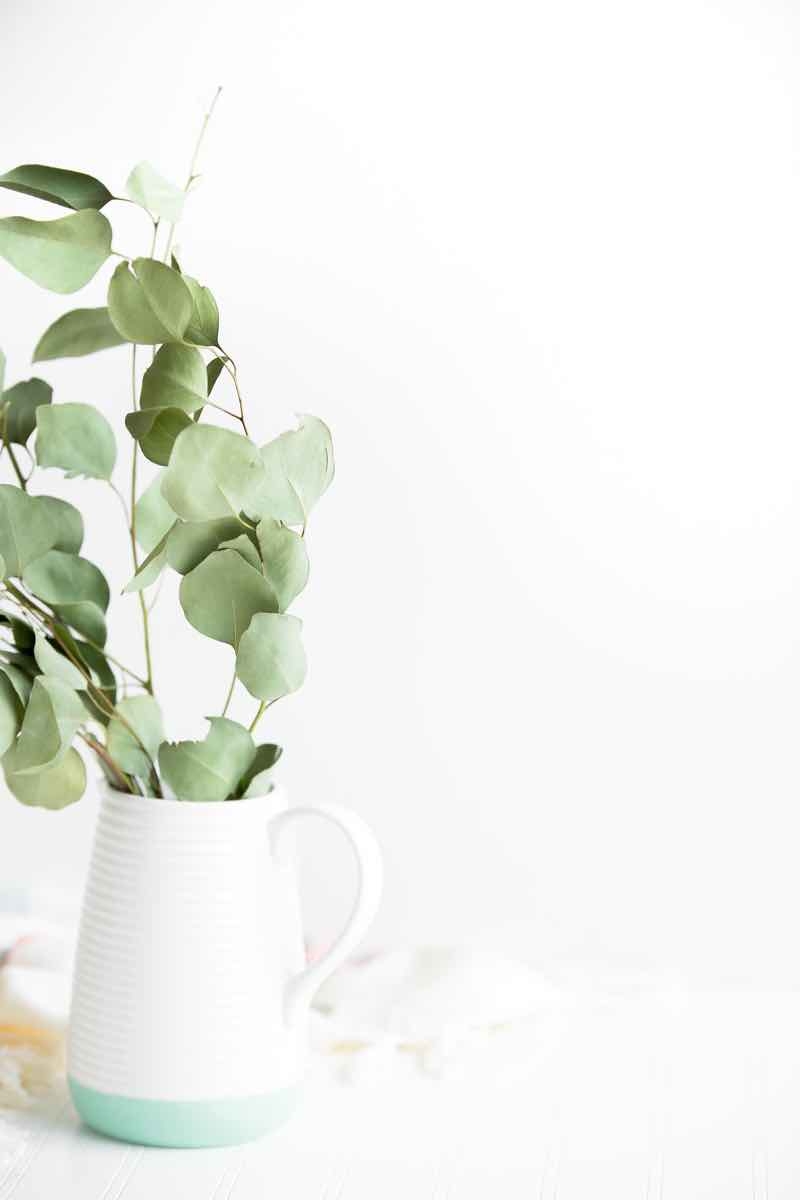
Having the plant at your bedside will let you inhale as much of that calming scent before sleep, keeping you tucked underneath your sheets all night long.
Rosemary
Rosemary, aside from being a cooking herb, improves concentration and relieves stress.
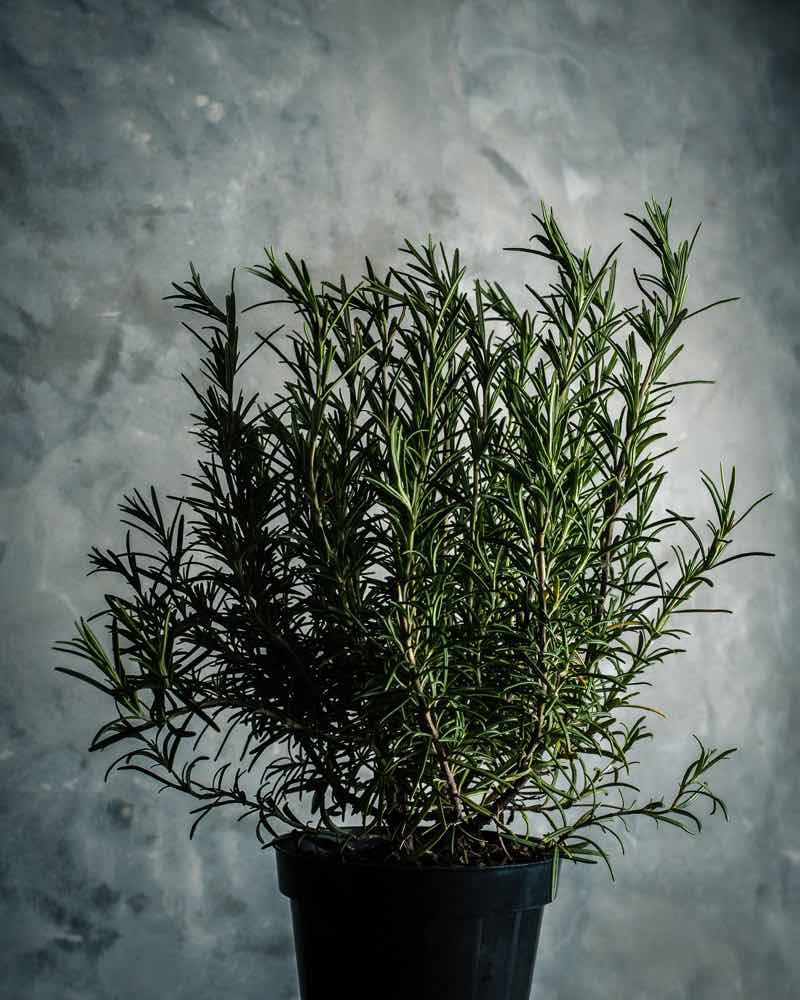
It can also help regulate your mood and keep you feeling poppy. You’re looking at another great plant for bedrooms.
Chamomile
Chamomile is popular for its pleasant scent which helps promote relaxation and induce deep sleep.
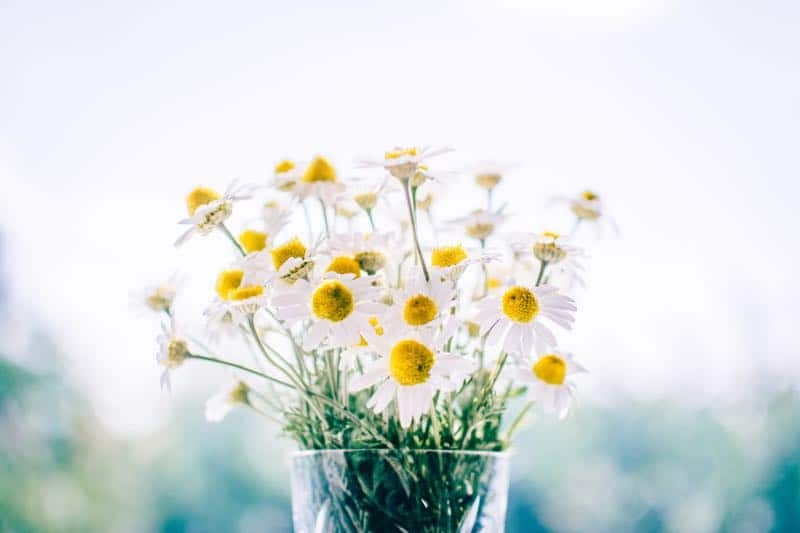
Having some chamomile plants for your bedroom will let you sleep well and make your room feel tranquil. For even better sleep, sip some chamomile tea before bed.
Are All Plants for Bedrooms Healthy?
Some people are not comfortable keeping plants in the bedroom because plants give off carbon dioxide and take in oxygen at night.
Some are concerned that this could affect sleep quality and that having “more” carbon dioxide than oxygen is not good.
However, the change in the air quality is actually insignificant, and usually, the good benefits outweigh the bad.
As we’ve seen bedroom plants can even enhance your sleep quality!
Plants come in a lot of diversity. Mix, match, and complement plants with varying properties and you will have a bedroom that coerces you into bed the moment you go inside it!
Tip: NASA suggests having at least one plant per 100 square feet of your home or office area.
It’s a general rule of thumb in Feng Shui not to put plants in the bedroom. Why?
Plants have the vibrant yang energy of growth and movement, which is not the kind of energy that’s recommended for bedrooms.
According to Feng Shui, it’s Yin energy that best fits calm spaces like the bedroom.
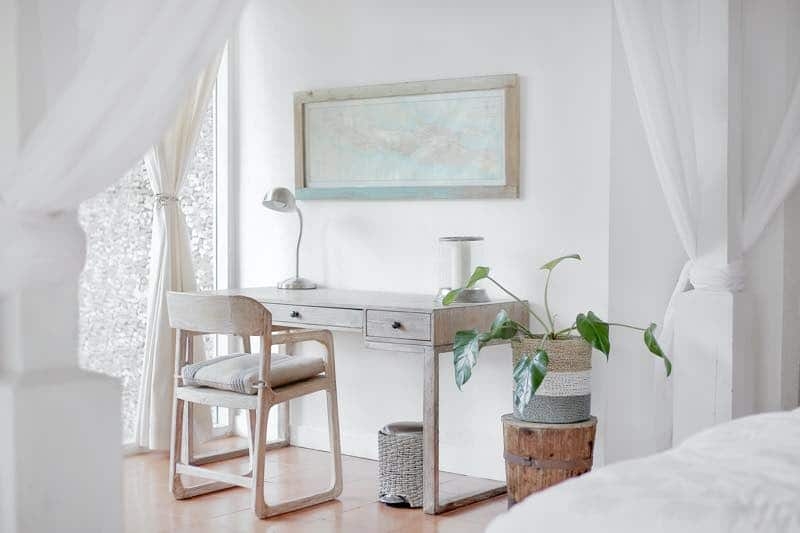
But there are exceptions to every rule. Particularly small plants are good to go in the bedroom. If you have a large bedroom, you can also afford to put one large plant around.
Overall, it’s up to you to tell if the energy of the plants for your bedroom will disrupt your sleep–or improve it.
If you sleep like a baby in the embrace of many plants, then all’s good. If not, then you can try moving around those plants as you see fit and try other things like a Himalayan Salt Lamp.
But unless you place some plants in your bedroom to try first, you’ll never know!
Best Plants for Bedroom Frequently Asked Questions
Choosing the right plant for your bedroom might be easier than it sounds. There is no need to worry, though. We have compiled a list of some frequently asked questions for you below and answered them to help you make the right choice.
Plants are great to have in any space in the house. Not only do they add to the beauty of the place, but they also bring with them a natural feeling of calmness that you will definitely want after a long day at work or school.
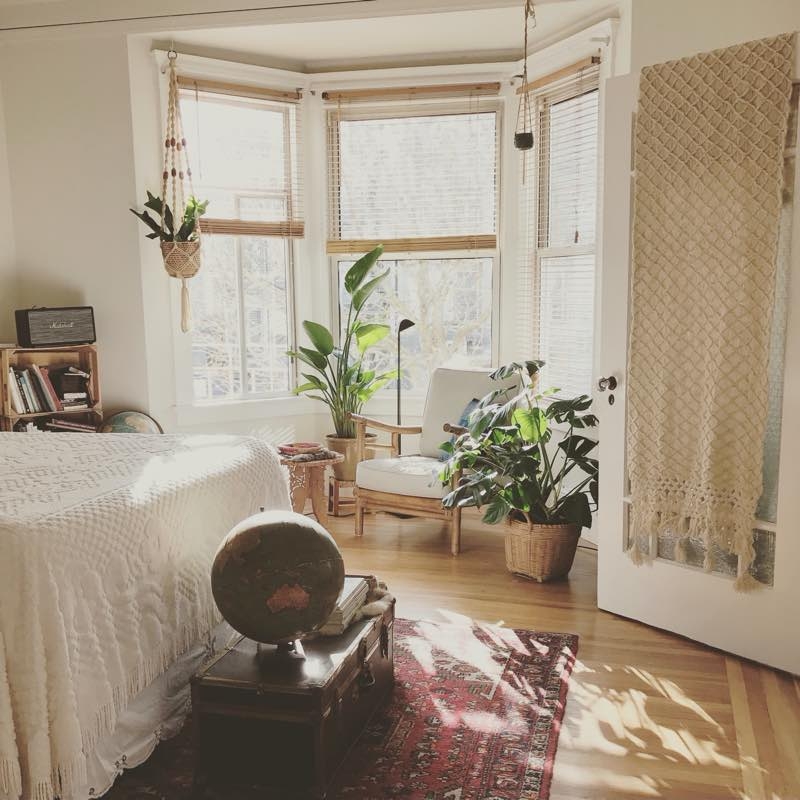
At the end of the day, we all want to take our well-deserved rest in the most comfortable way, so that we can welcome the next day properly, in the mood to make a difference in the world.
The plants for bedrooms we shared with you can help you make your bedroom the peaceful and soothing place it needs to be for you to get great sleep.
Try adding some of them to your bedroom and get back to us and tell us whether it made any difference to your sleep life. We think it will!


